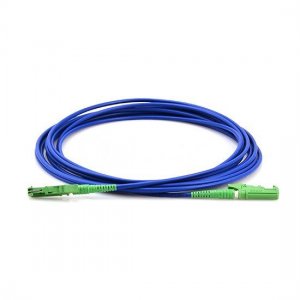
# Industrial Flange Facer: Essential Tool for Precision Machining
## What is an Industrial Flange Facer?
An industrial flange facer is a specialized machine tool designed for resurfacing and machining flange faces to ensure perfect flatness and surface finish. These powerful machines play a critical role in pipeline systems, pressure vessels, and other industrial applications where flange connections must maintain absolute integrity.
## Key Features of Modern Flange Facers
Today’s industrial flange facers incorporate several advanced features that make them indispensable in precision machining operations:
- High-torque motors for efficient material removal
- Precision guide systems for consistent results
- Adjustable cutting tools for various flange sizes
- Portable designs for on-site machining
- Digital readouts for accurate measurements
## Applications Across Industries
Oil and Gas Sector
In the oil and gas industry, flange facers are used to maintain critical pipeline connections, ensuring leak-proof seals in high-pressure environments.
Power Generation
Power plants rely on flange facers to maintain turbine connections and boiler systems, where even minor imperfections can lead to significant efficiency losses.
Chemical Processing
The chemical industry uses these machines to maintain flange integrity in corrosive environments where seal failures could have dangerous consequences.
## Benefits of Using a Professional Flange Facer
Investing in a quality industrial flange facer offers numerous advantages:
- Eliminates the need for costly flange replacements
- Reduces downtime by enabling on-site repairs
- Improves safety by ensuring proper sealing surfaces
- Extends equipment lifespan through proper maintenance
- Saves money compared to traditional machining methods
## Choosing the Right Flange Facer
When selecting an industrial flange facer, consider these important factors:
- Maximum flange diameter capacity
- Power requirements and available power sources
- Portability needs for your specific applications
- Material compatibility (carbon steel, stainless, etc.)
- Available accessories and tooling options
Keyword: Industrial flange facer
## Maintenance Tips for Longevity
Proper maintenance ensures your flange facer delivers consistent performance:
- Regularly clean and lubricate moving parts
- Inspect cutting tools for wear and replace as needed
- Check alignment periodically
- Store in a clean, dry environment when not in use
- Follow manufacturer’s maintenance schedule
## The Future of Flange Facing Technology
As industries demand higher precision and efficiency, flange facer technology continues to evolve. We’re seeing advancements in automated systems, improved materials for longer tool life, and integration with digital measurement systems for even greater accuracy.






